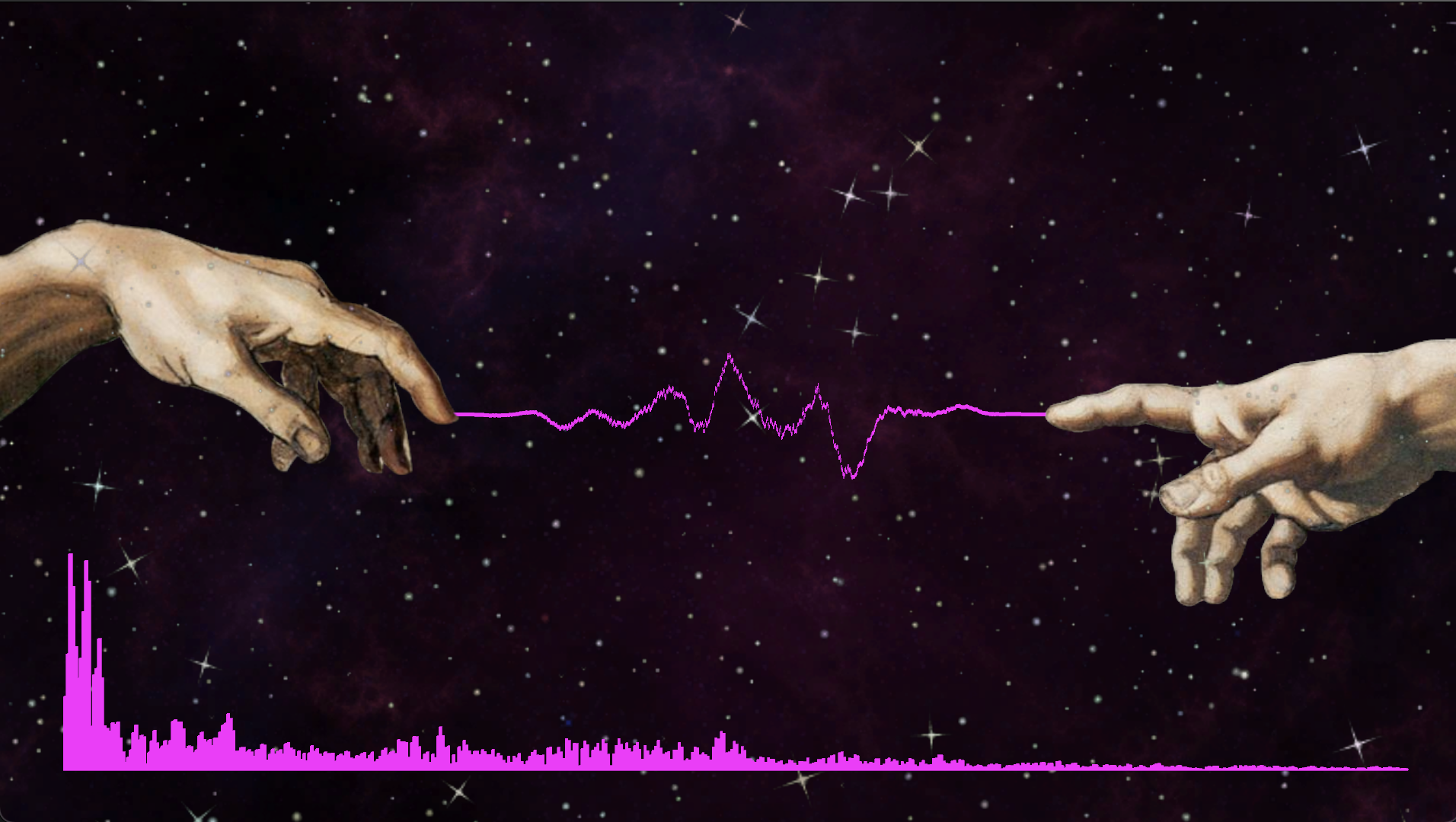


This is a response to Chapter 4 of Artful Design,
Programmability and Sound Design.
I will be responding to Principle 4.1: Programming is a
Creative Endeavor.
Chapter 4 of Artful Design emphasizes the power which
programming grants us to materialize things which might have
otherwise been confined to one's imagination. The tools of a
painter – assortments brushes and paints, give the ability to
realize powerful images which can last millennia. The tools of a
singer provide a conduit to express emotion in conjunction with
the fine intricacies of the physiology of the vocal track. The
tools of a programmer, however, grant us the ability to
transcend domains and create interdisciplinary.


I am a classically trained violinist. I am also somewhat of a
chef. To cook a divine meal, one needs a recipe, the ingredients
of said recipe, and the proper execution of the recipe. Playing
the violin can be thought of in a similar fashion. The
ingredients to an ethereal sound from a perfectly oscillating
string include intonation, a proper stance and grip of the
instrument, and an even bow-stroke with a balance of pressure
and speed. However, the crucial element which enables one to
create for themselves instead of systematically following a
score is developing an ear for feedback. The continuous cycle of
design-to-execution to feedback-to-design is elemental in
turning programming from a robotic task into a
creative endeavor. Such a method allows creativity in the
domain of music to be applied in an environment independent of
any one instrument.
During the winter of my freshman year at Stanford I took CS106A
with Chris Piech. Perhaps the most prolific class at Stanford,
both at the undergraduate and graduate level, CS106A is the
introductory class to computer science. It was in that class I
was first introduced to “programming as a multidisciplinary tool
to create” as a school of thought. However, reflecting on
Chapter 4 from Artful Design, I liken programming to a
musical instrument more than to an engineering tool. There is an
art to the act of programming as well as the product. Just as
feedback from a musical instrument is crucial to adjust
dynamics, speed, and intonation, feedback during the development
process of programming is what turns a build from a compiler
simply executing a series of instructions, to a creative
endeavor. I believe the following quote taken from Chapter 4 of
Artful Design embodies this philosophy completely:
“No matter how advanced the technology, it takes human
intentionality to use the computer as a tool and a
laboratory for new ideas,” (pg. 184).
As I increasingly find myself claustrophobic with computers as
my tools, my instrument, and my voice, I find space in the fact
that the real power of a computer is the human intentionality
which wields it.